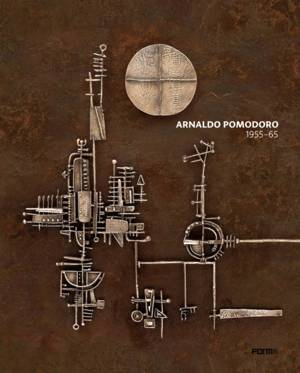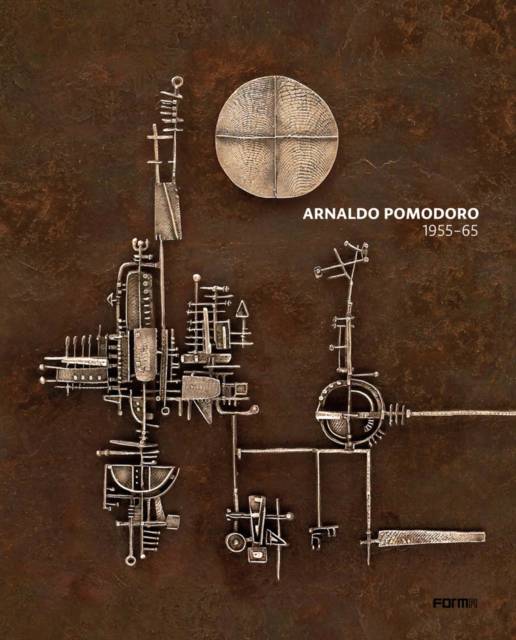
Je cadeautjes zeker op tijd in huis hebben voor de feestdagen? Kom langs in onze winkels en vind het perfecte geschenk!
- Afhalen na 1 uur in een winkel met voorraad
- Gratis thuislevering in België vanaf € 30
- Ruim aanbod met 7 miljoen producten
Je cadeautjes zeker op tijd in huis hebben voor de feestdagen? Kom langs in onze winkels en vind het perfecte geschenk!
- Afhalen na 1 uur in een winkel met voorraad
- Gratis thuislevering in België vanaf € 30
- Ruim aanbod met 7 miljoen producten
Zoeken
Omschrijving
Tornabuoni art returns to the origins of sculptor Arnaldo Pomodoro's work (1926, Morciano di Romagna), specifically to the years 1956-1965, a pivotal period of the artist's production. His creations, initially derived from the goldsmithing produced side by side with the brothers Gio and Giorgio Perfetti, evolves towards small concrete and lead reliefs, then in large mural panels engraved with illegible glyphs, inspired by Mesopotamian tablets' cuneiform writing, Egyptian papyruses and Paul Klee's graphic style. In 1960, Pomodoro was among the founders of the group Continuità, next to Novelli, Consagra, Tancredi, Dorazio and Fontana, preaching an 'aesthetic of continuity', defined as 'the absence, the incertitude of limit' and attached to the formal aspects of artworks. He thus produced his first Sfere, adopting gilded polished bronze as his preferred material of work, and of which the creation marks the definitive transition to monumental scale of his career. Today, Pomodoro's creations can be found in prestigious museum collections such as the Guggenheim in New York and the Vatican Museums. Moreover, his monumental artworks are exhibited in more than 40 public squares in major cities around the world. The artist lives and works in Milan, Italy. Contents: Essays: Arnaldo Pomodoro. A discordant tension by Luca Massimo Barbero; The art of Arnaldo Pomodoro within the French art exhibition and critical context; Piecing together the traces of a dialogue by Chiara Mari; Artworks. Text in English and Italian.
Specificaties
Betrokkenen
- Auteur(s):
- Uitgeverij:
Inhoud
- Aantal bladzijden:
- 176
- Taal:
- Engels
- Geïllustreerd:
- Ja
Eigenschappen
- Productcode (EAN):
- 9788899534950
- Verschijningsdatum:
- 16/09/2019
- Uitvoering:
- Hardcover
- Formaat:
- Genaaid
- Afmetingen:
- 239 mm x 305 mm
- Gewicht:
- 1428 g

Alleen bij Standaard Boekhandel
+ 174 punten op je klantenkaart van Standaard Boekhandel
Beoordelingen
We publiceren alleen reviews die voldoen aan de voorwaarden voor reviews. Bekijk onze voorwaarden voor reviews.









